Just when I was ready to chop everything down due to the dry weather we've had all summer, we got a few days of rain. It's amazing what life-giving stuff that is! The garden responded quickly and fabulously and we're enjoying the blooms that are still going strong in our September garden.
Other than one mum that's been blooming for a couple of weeks, we don't have any of those blooming just yet, although it's clear that they will be starting in a few days. But the asters are in full color, as I highlighted a few days ago.
Some of the other bloomers we've got now are:
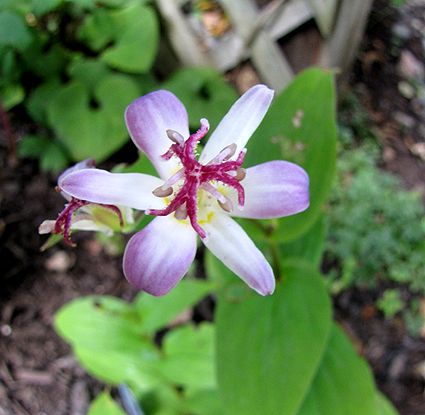 Toad LilyTricyrtis 'Tojen'This is one of four toad lilies I have, and it is always the first to bloom. The other three are forming flower buds now, but it will be a week or so until they bloom. 'Tojen' differs from most toad lilies in that it doesn't have the usual freckling on its petals.
Toad LilyTricyrtis 'Tojen'This is one of four toad lilies I have, and it is always the first to bloom. The other three are forming flower buds now, but it will be a week or so until they bloom. 'Tojen' differs from most toad lilies in that it doesn't have the usual freckling on its petals.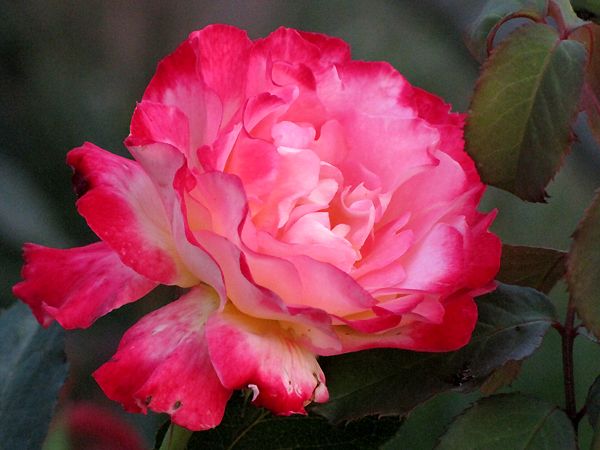 Hybrid Tea RoseRosa 'Kordes Perfecta'There are several roses putting out amazing blooms right now. I love 'Kordes Perfecta' because of the color changes it goes through before it's spent. It starts out solid cherry red in color, with increasing white until finally there's only color at the very edges. It was hybridized by the famous Wilhelm Kordes, as were 'Dortmund' and 'Iceberg.' 'Kordes Perfecta' was created in 1957, just like I was!
Hybrid Tea RoseRosa 'Kordes Perfecta'There are several roses putting out amazing blooms right now. I love 'Kordes Perfecta' because of the color changes it goes through before it's spent. It starts out solid cherry red in color, with increasing white until finally there's only color at the very edges. It was hybridized by the famous Wilhelm Kordes, as were 'Dortmund' and 'Iceberg.' 'Kordes Perfecta' was created in 1957, just like I was! SunflowerHelianthus annuus
SunflowerHelianthus annuus 'Strawberry Blonde'
The sunflowers are waning, and the birds have pretty much cleaned out the seed heads, but there are still some straggler blooms that appear on occasion. I always try to grow the branching type sunflowers (I look for 'branching' on the seed packet) because the foliage tends to stay nicer on them for a longer period of time and of course, you get multiple blooms.
 LarkspurConsolida regalis
LarkspurConsolida regalisMom gave me this seed last year and it had been collected a few years before that so I wasn't sure how well it would do. No problem! Some are single, some are double, and one looked like it was tie-dyed. I've been collecting fresh seed from these and will plant them again next year.
 Rose of SharonHibiscus syriacus 'Aphrodite'My 'Aphrodite' is grown as a standard. I've also got 'White Chiffon' and 'Blue Satin' growing in the regular shrub form.
Rose of SharonHibiscus syriacus 'Aphrodite'My 'Aphrodite' is grown as a standard. I've also got 'White Chiffon' and 'Blue Satin' growing in the regular shrub form. 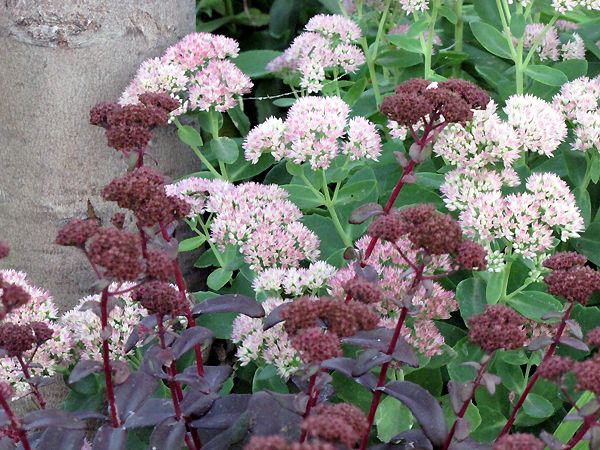 Showy StonecropHylotelephium
Showy StonecropHylotelephium 'Autumn Fire' and 'Purple Emperor'
I love this combination.
 Hardy GladiolusGladiolus communis subsp. byzantinus
Hardy GladiolusGladiolus communis subsp. byzantinusI've got these, some yellow and pink ones, and 'Atom' (my favorite). Though they are supposed to be hardy here, I dig them in the fall and replant in the spring. I left them in the ground one winter and only half of them made it through.
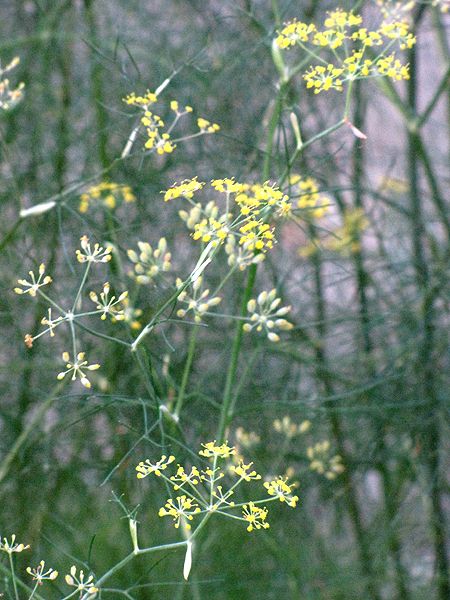 Bronze FennelFoeniculum vulgare
Bronze FennelFoeniculum vulgare 'Rubrum'
Though the flower heads are yellow, the foliage is green towards the bottom and burgundy towards the top.
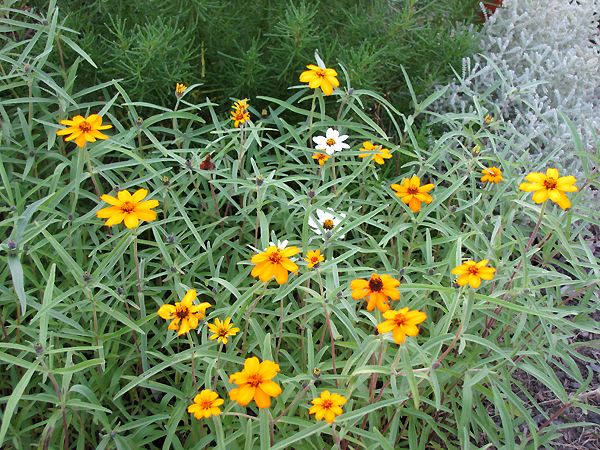 Zinnia
ZinniaZinnia angustifolia
I love the glaucous foliage on this zinnia. Like all my other annuals, this summer was not optimum for growing annuals, due to lack of rain and hot temperatures. So these were later to bloom than usual.
 ZinniaZinnia
ZinniaZinnia 'Profusion Fire' and 'Profusion Apricot'
I saved seed from these last year and although hybrids aren't guaranteed to come true from seed, these did.
 Texas SageSalvia coccinea
Texas SageSalvia coccinea 'Sallynia Salmon'
The hummingbirds and bees LOVE this salvia and so do I! It's a blooming machine and I love the color. This is one plant and I've not been faithful about deadheading it. Wonderful plant for a hot, dry spot. To see a photo I took of its bloom up close, click
here.
 KnautiaKnautia macedonica
KnautiaKnautia macedonica 'Mars Midget'
This reminds me of mini scabiosas.
 Ivy GeraniumPelargonium
Ivy GeraniumPelargonium x
peltatum 'Global Red' and 'Global Stars and Stripes'
I've tried other plants in these wall baskets, but the ivy geraniums seem to do the best.
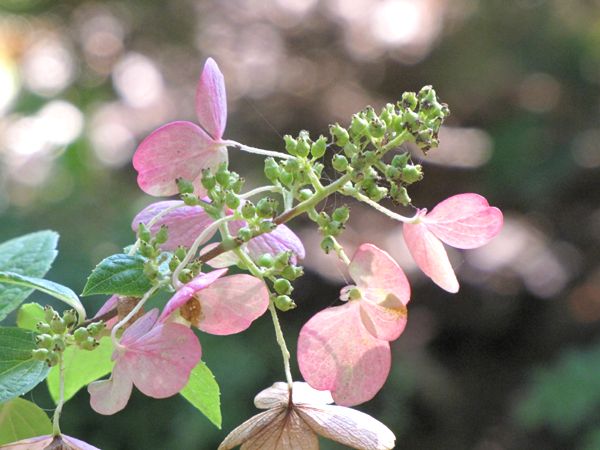 HydrangeaHydrangea paniculata
HydrangeaHydrangea paniculata 'Pinky Winky'
I've got a white paniculata blooming right now too (unknown cultivar). And of course, the Endless Summers
® ('Bailmer' and 'Blushing Bride') just keep pumping out the blooms. They're by far my best bloomers.
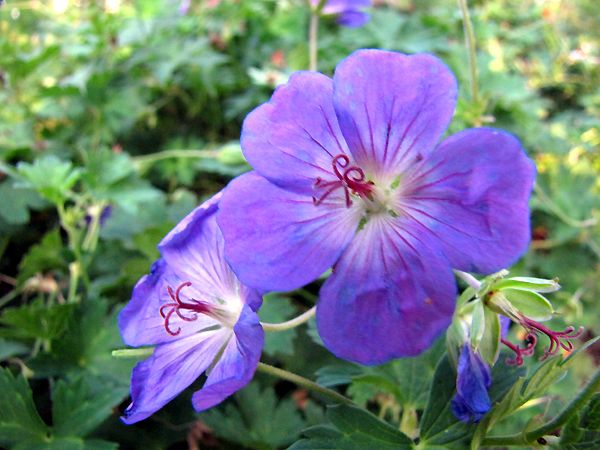 Hardy GeraniumGeranium
Hardy GeraniumGeranium 'Rozanne'

Cosmos
Cosmos 'Picotee'
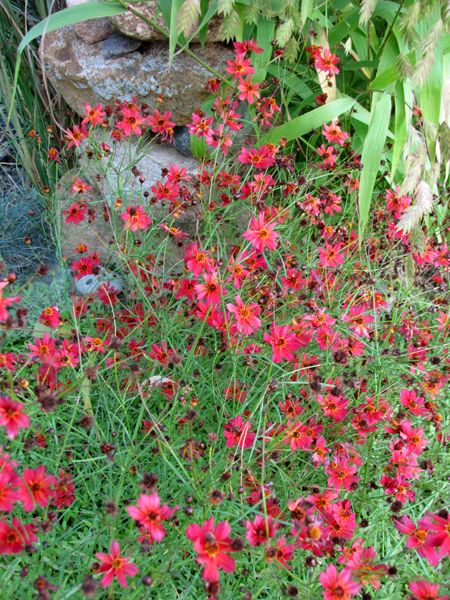 TickseedCoreopsis
TickseedCoreopsis 'Limerock Dream'
I LOVE this plant! I just wish it was hardy here. It has bloomed profusely all summer into fall. I've deadheaded it a couple of times, but found that it really isn't necessary. It has gone through color changes with the weather. Cooler temperatures bring deeper color. I may try cutting it back and trying to overwinter it in the basement or the garage.
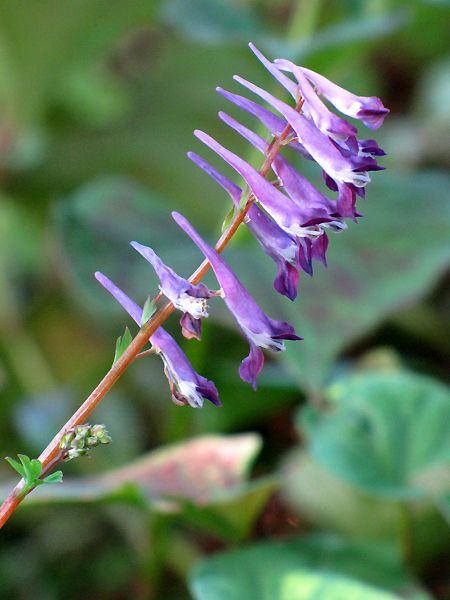 Fumitory
Fumitory (I'd not heard this common name before!)
Corydalis 'Blackberry Wine'
This has been a strong grower ever since I planted it earlier this spring. It's bloomed all summer as well. I love the color and the little spurred blooms.
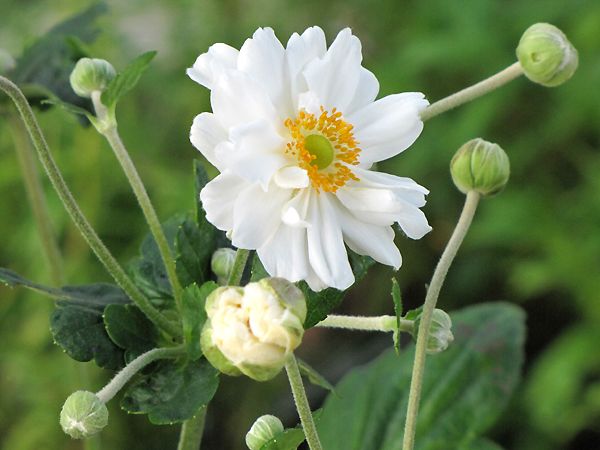 Japanese AnemoneAnemone
Japanese AnemoneAnemone 'Whirlwind'
I love the fall anemones and this one in particular. Want more!
 Japanese AnemoneAnemone
Japanese AnemoneAnemone 'Party Dress'
This was new here last year and it came back strong and is loaded with buds and blooms.
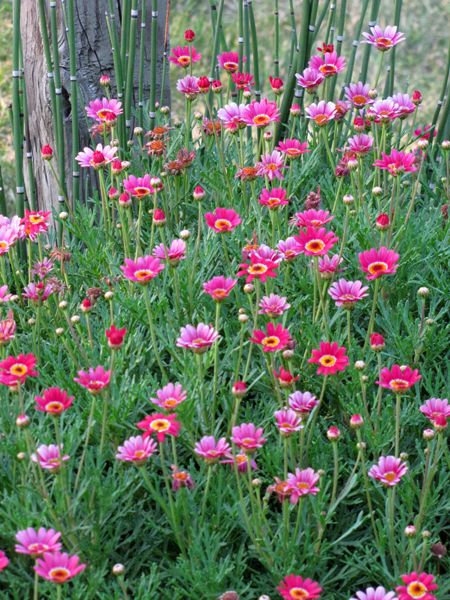 Marguerite DaisyArgyranthemum frutescens
Marguerite DaisyArgyranthemum frutescens 'Madeira Series'
This is another annual that I'll seek out for planting next year. It just blooms and blooms and blooms. I did learn though, that it isn't really beneficial to use a general plant fertilizer on this one. Like Cosmos, if the soil is too rich, you get fabulously lush foliage but no blooms. Once the fertilizer had worked its way out of the soil, we got lots of blooms again. It's just gorgeous right now.
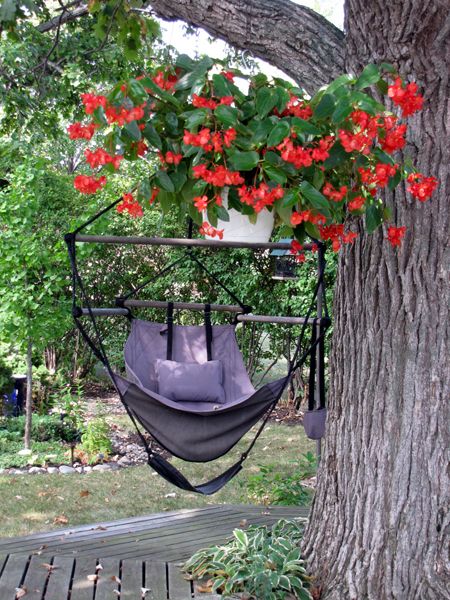 BegoniaBegonia
BegoniaBegonia 'Dragon Wing Red'
I got this for $12.50 about six weeks ago and it's looked just like this every day since. I hope to be able to overwinter it.
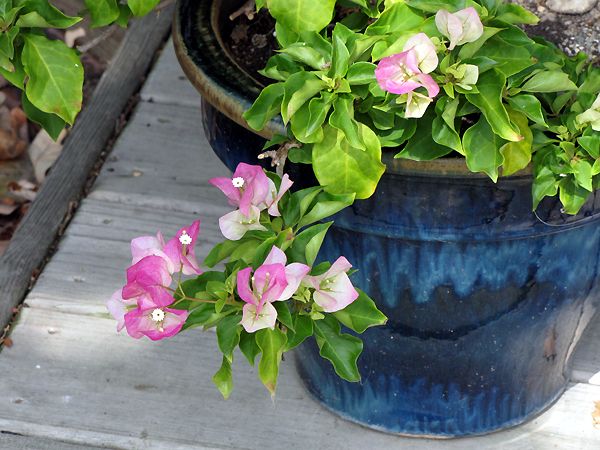 BougainvilleaBougainvillea
BougainvilleaBougainvillea 'Imperial Garden'
This is such an unpredictable bloomer for me that I don't pay much attention to it. It didn't bloom at all last summer, but I noticed some blooms a couple of weeks ago. It's my favorite of any bougainvillea I've ever met. I love the white/pink shaded bracts. It's persnicketiness is worth putting up with for the times when it does decide to bloom.
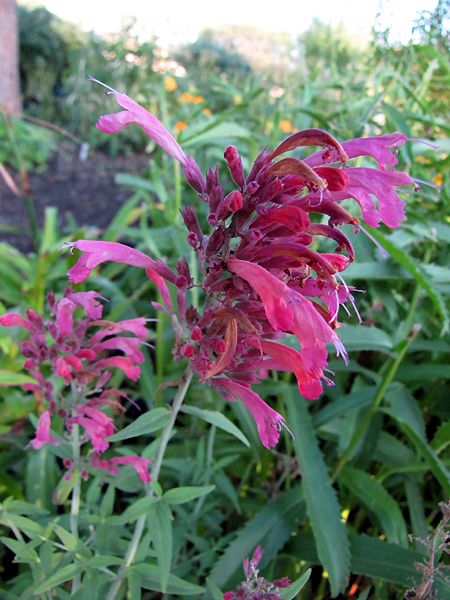 Hummingbird MintAgastache
Hummingbird MintAgastacheI lost the tag for this, but I purchased it at a nursery in Chicago that only sells perennials that are hardy to their zone. The tag confirmed it and I wish I could find it because
Kim asked me what it was when she visited a week ago. I hope it winters over because I love the color of this one. Also new this year is
Agastache repestris 'Sunset Hyssop.'
UPDATE: I e-mailed the nursery (
Planter's Palette) and they had a record of my purchase. This Agastache is 'Desert Sunrise.' A detailed description from
High Country Gardens states:
Description:
40-48” x 24” wide, (cutting propagated). Imagine a clear sky with a line of low clouds on the horizon, tinted shades of orange, pink and lavender by the rising sun and you have the color of ‘Desert Sunrise’® flowers. A hybrid I discovered in my garden a few years back, ‘Desert Sunrise’® is a cross between the two best southwestern species of the genus: Agastache rupestris and Agastache cana. This new perennial introduction is a sturdy, vigorous grower that blooms non-stop from midsummer through fall. The flower spikes are quite large and both the foliage and flowers are delightfully fragrant. Agastache ‘Desert Sunrise’® is xeric like Agastache rupestris, but like Agastache cana adapts well to regular garden conditions with better soils and more plentiful water. Best of all, ‘Desert Sunrise’® is a rich nectar source that is very popular with hummingbirds!
Zones 5-10.
 Asiatic PrimrosePrimula capitata
Asiatic PrimrosePrimula capitata 'Salvana'
This has thrown up its drumstick blooms all summer, one at a time, sometimes two. Its leaves have a whitish coating (called farina) that washes off when you water the plant, but it returns. No, not powdery mildew. It's just a characteristic of its foliage.
 Oriental LilyLilium
Oriental LilyLilium 'Sumatra'
Yep, it's a late bloomer. Not the cultivar, just this particular plant in my garden.
~~~~~~~~~~~~~~~~~~~~~~~~~~Garden Bloggers Bloom Day is hosted by Carol of
May Dreams Garden. Please visit her site to see other participating garden bloggers from around the worldgar.
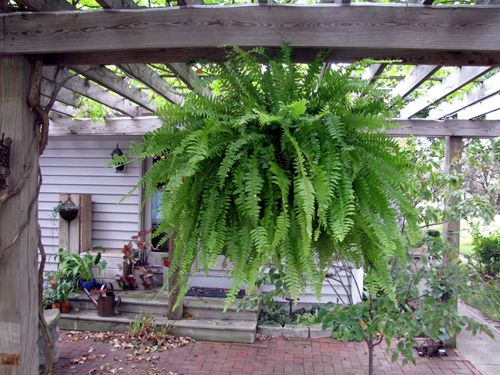










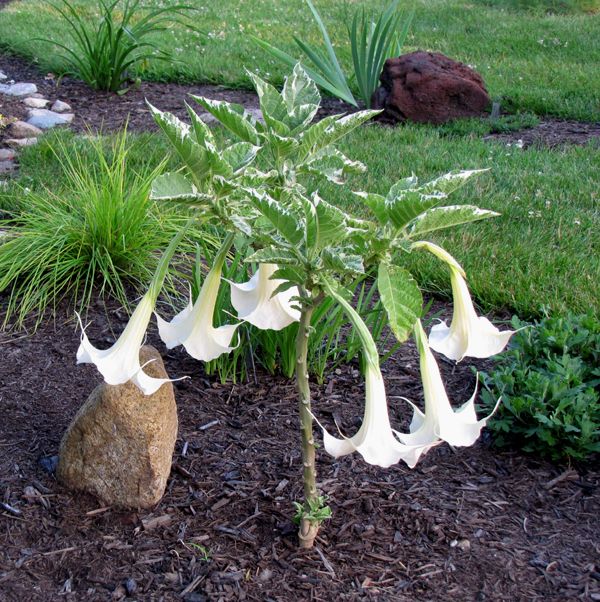





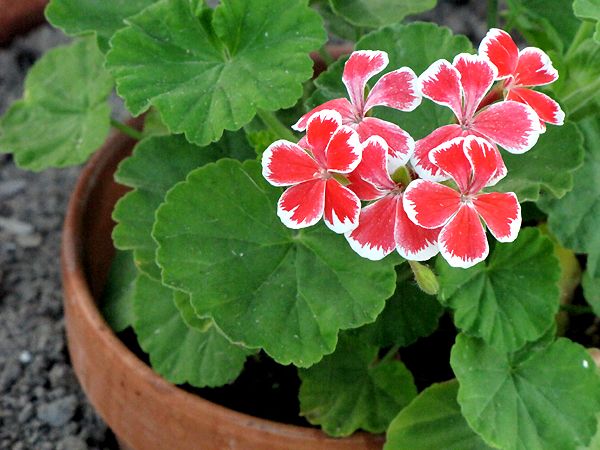
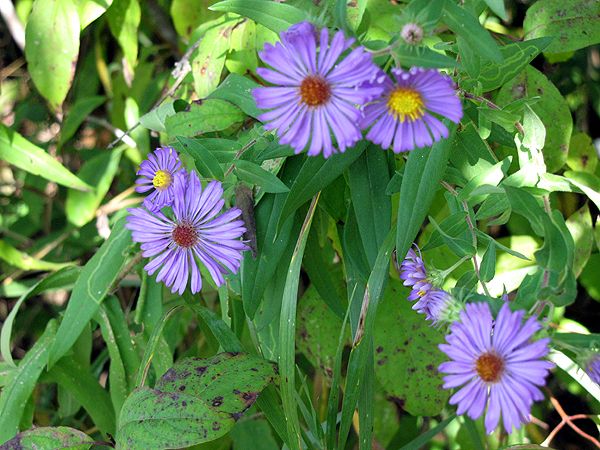
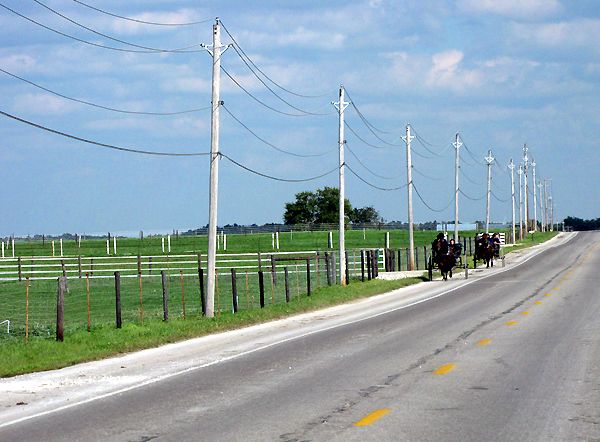
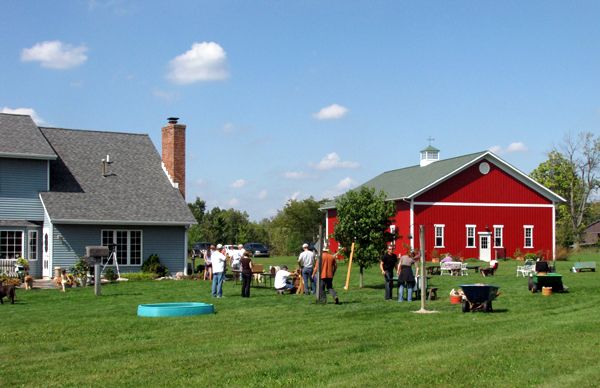
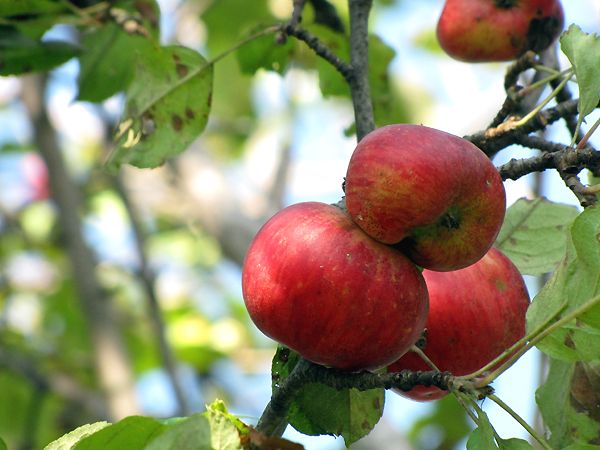
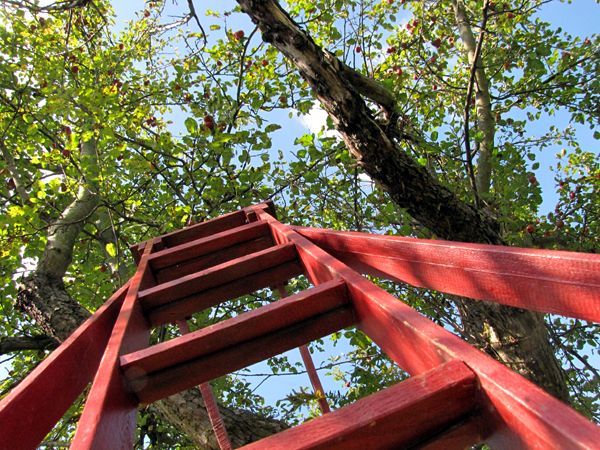
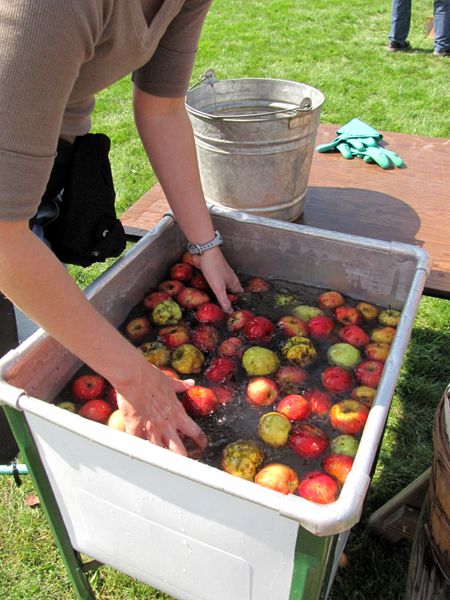
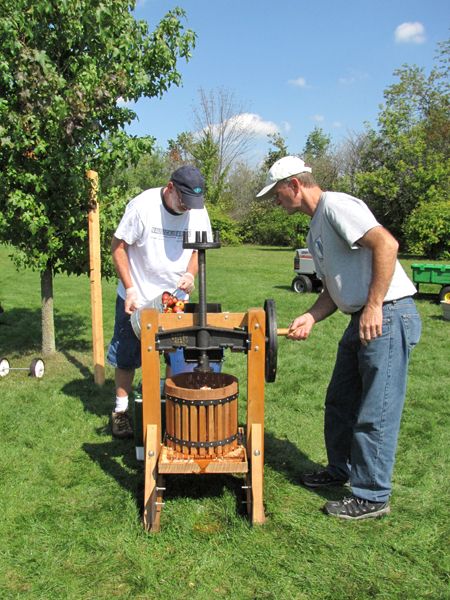
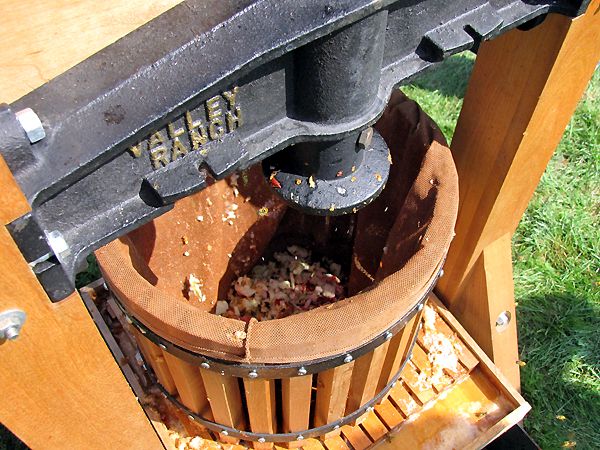
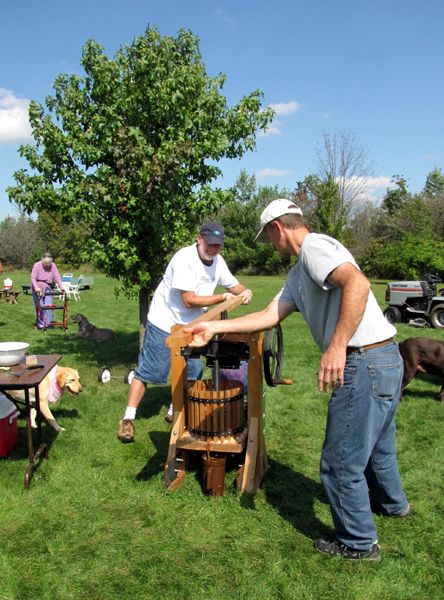
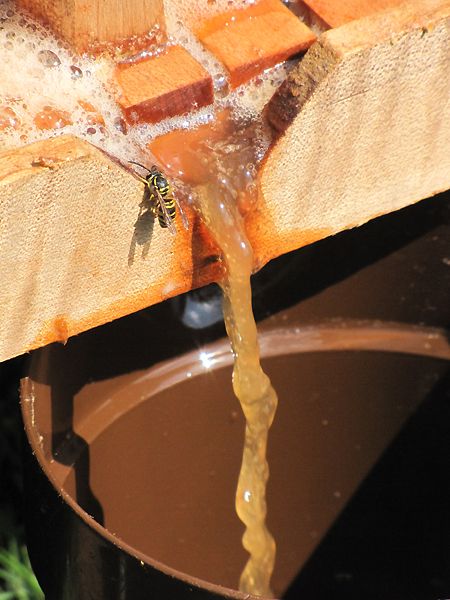

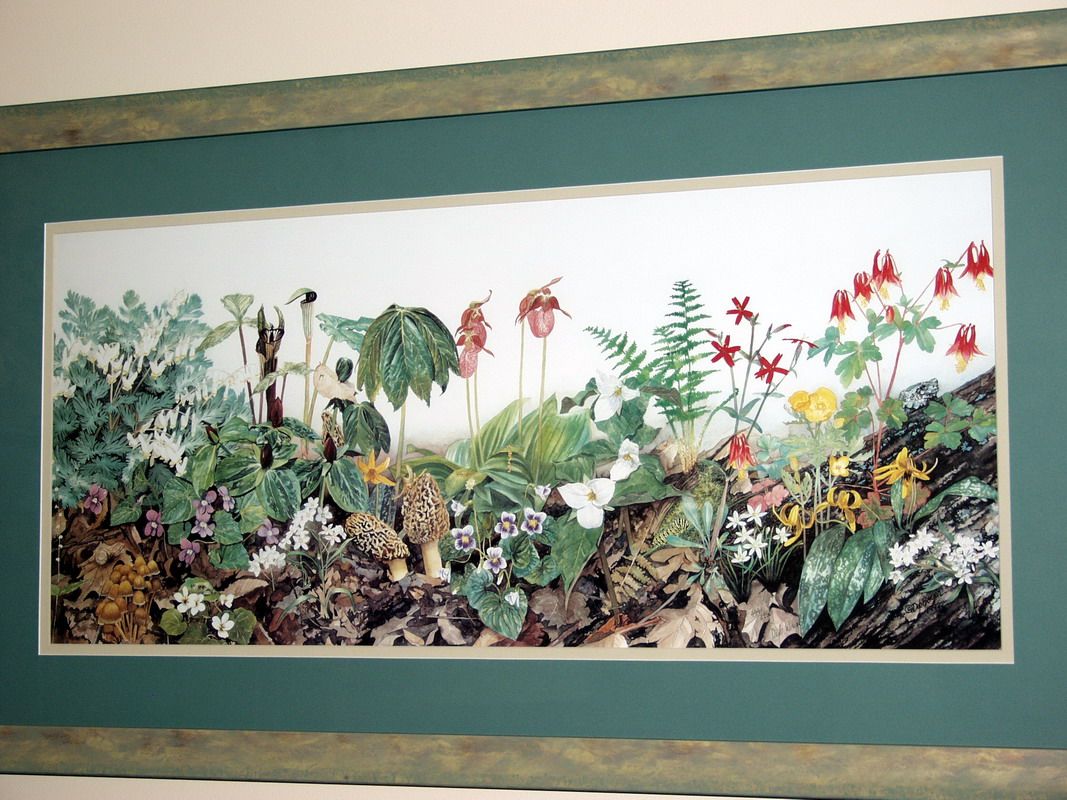
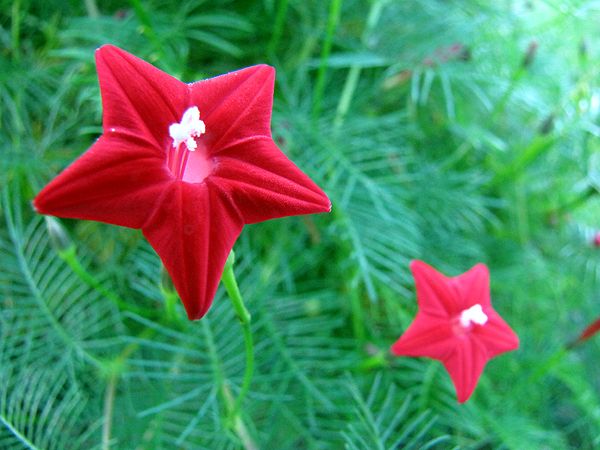
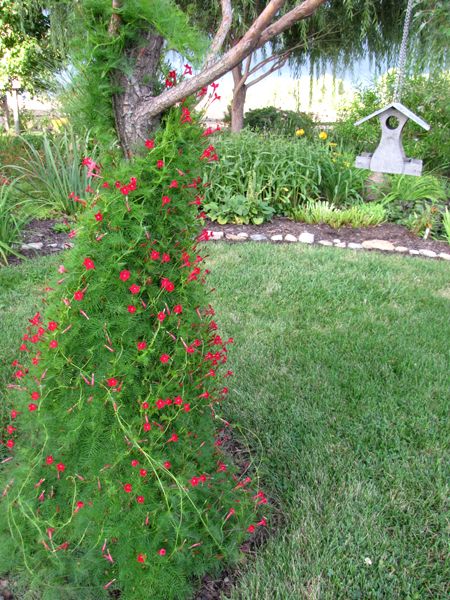
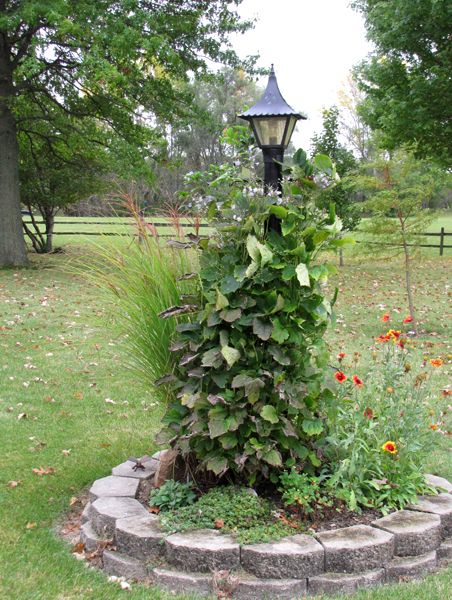
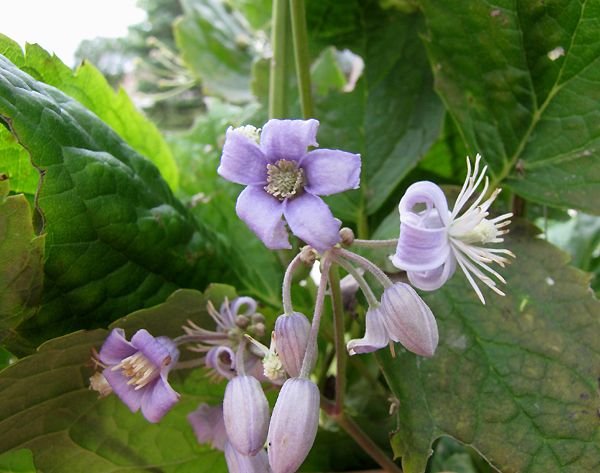
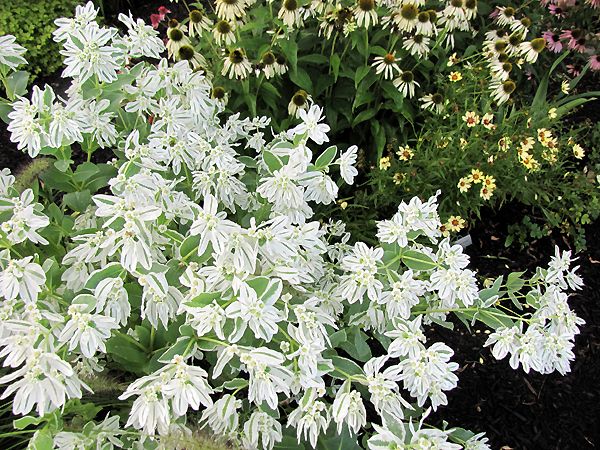
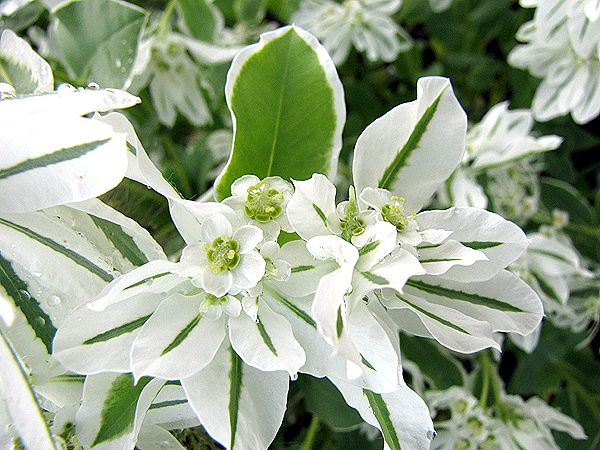

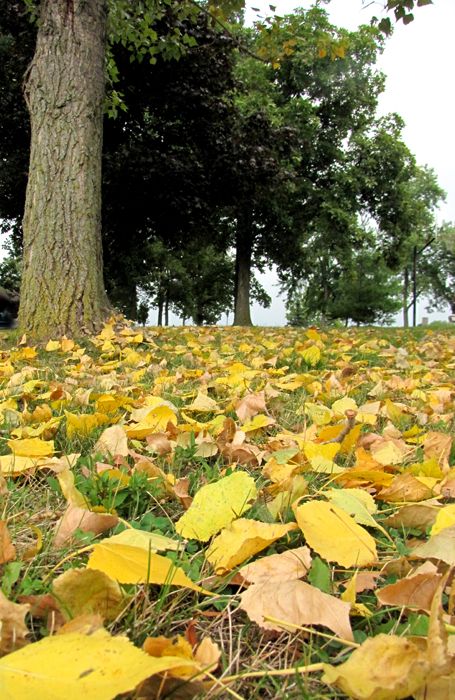
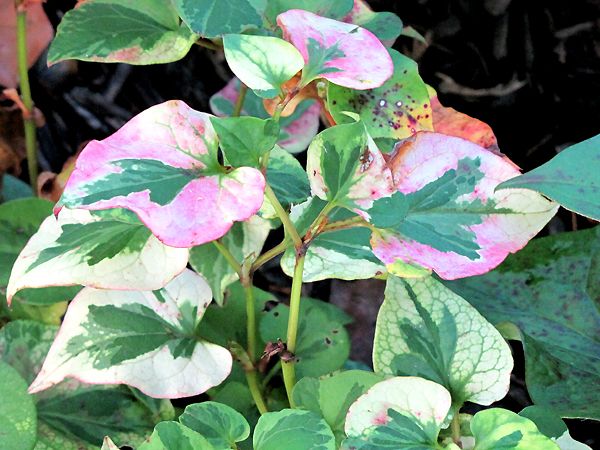

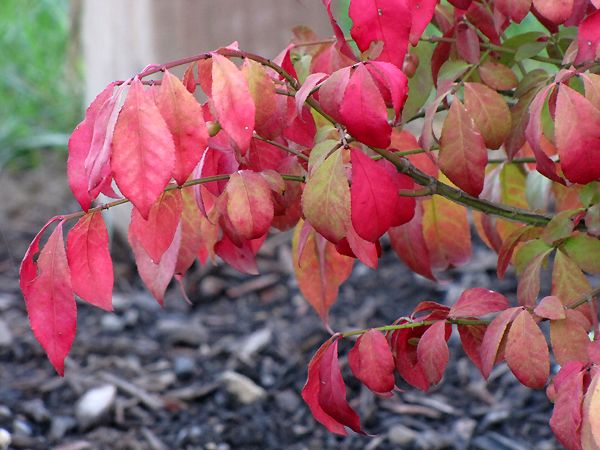
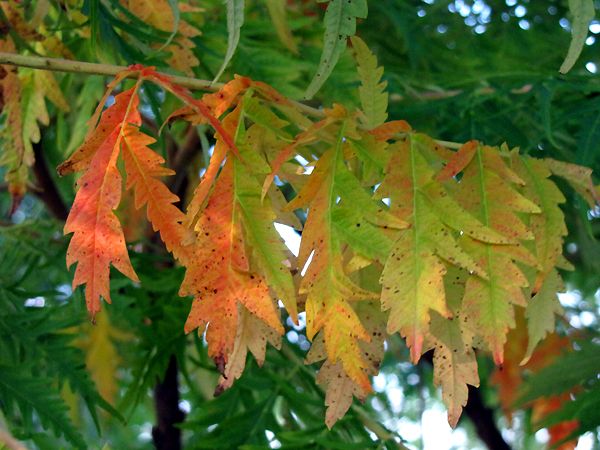

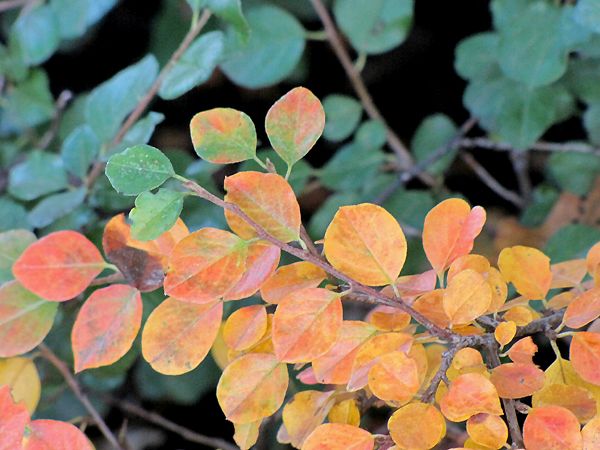
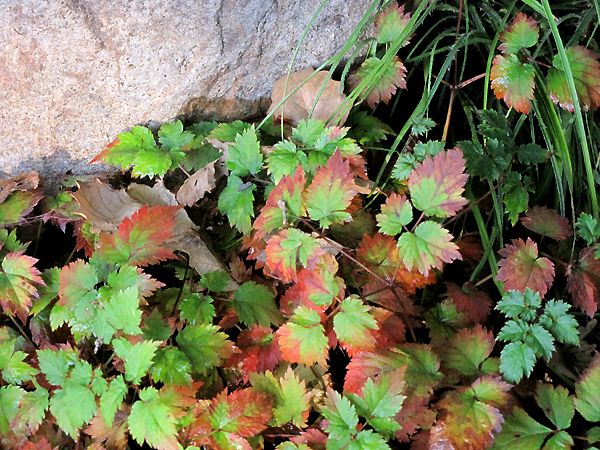
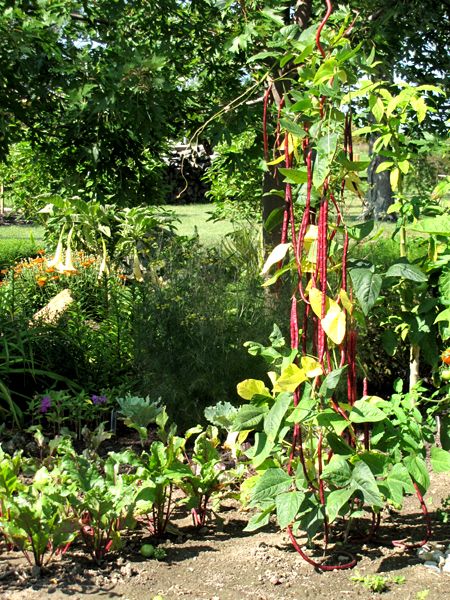
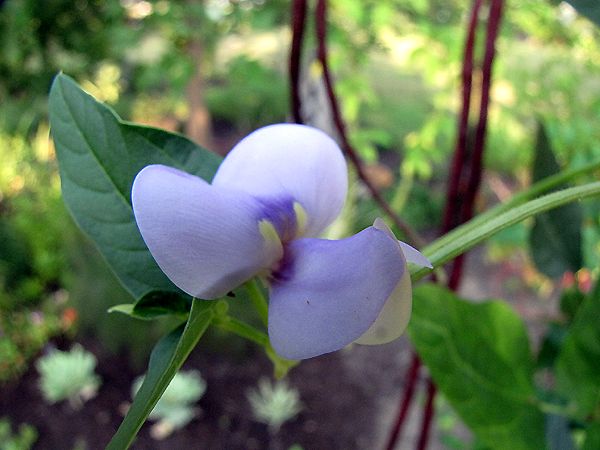
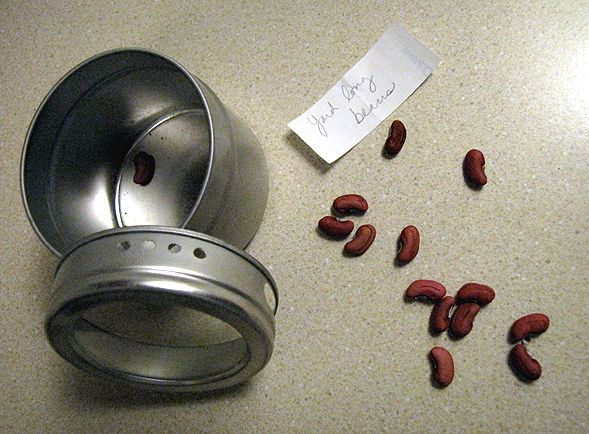
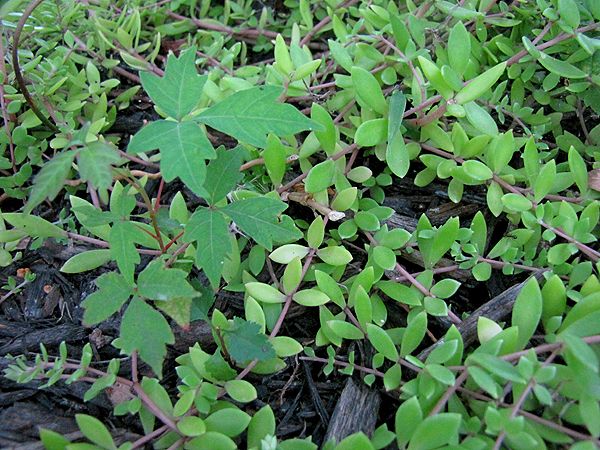































 "Bejeweled"
"Bejeweled"


